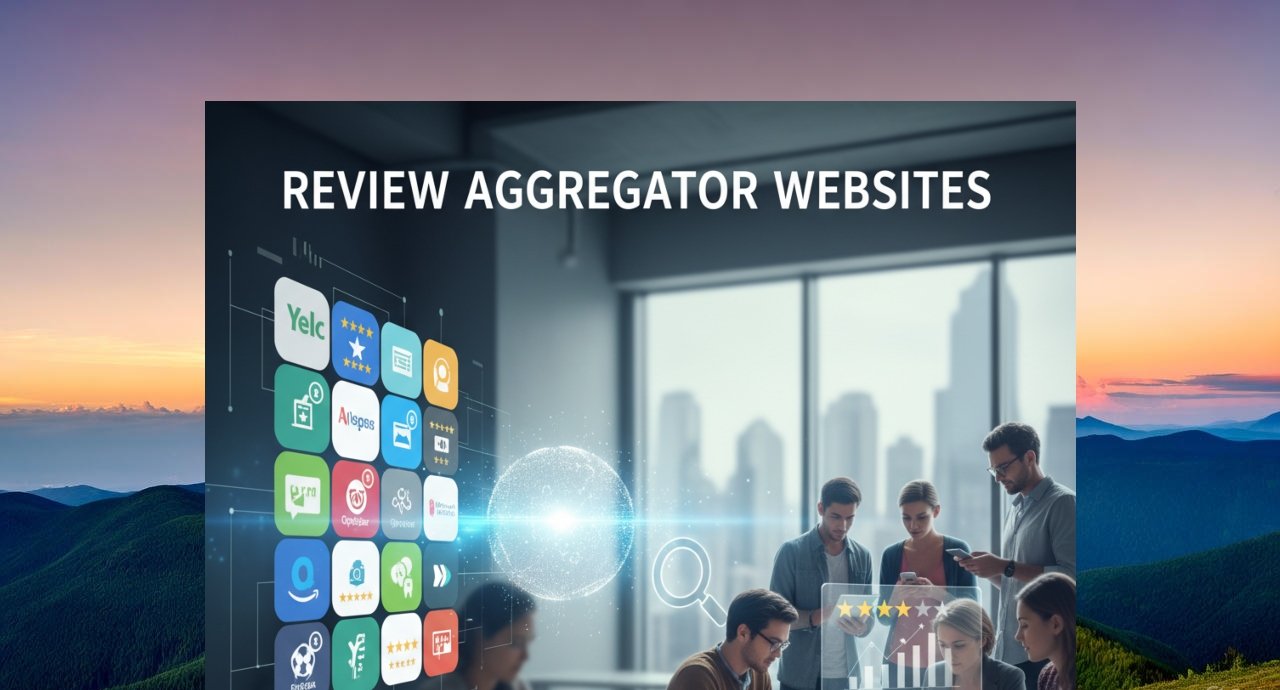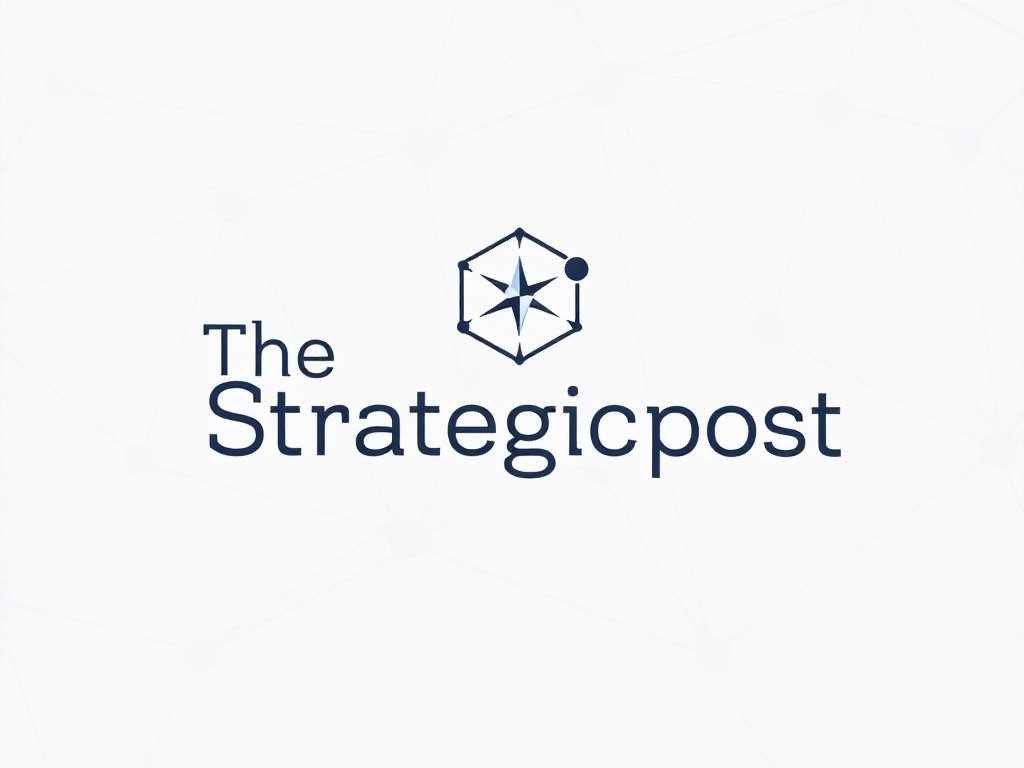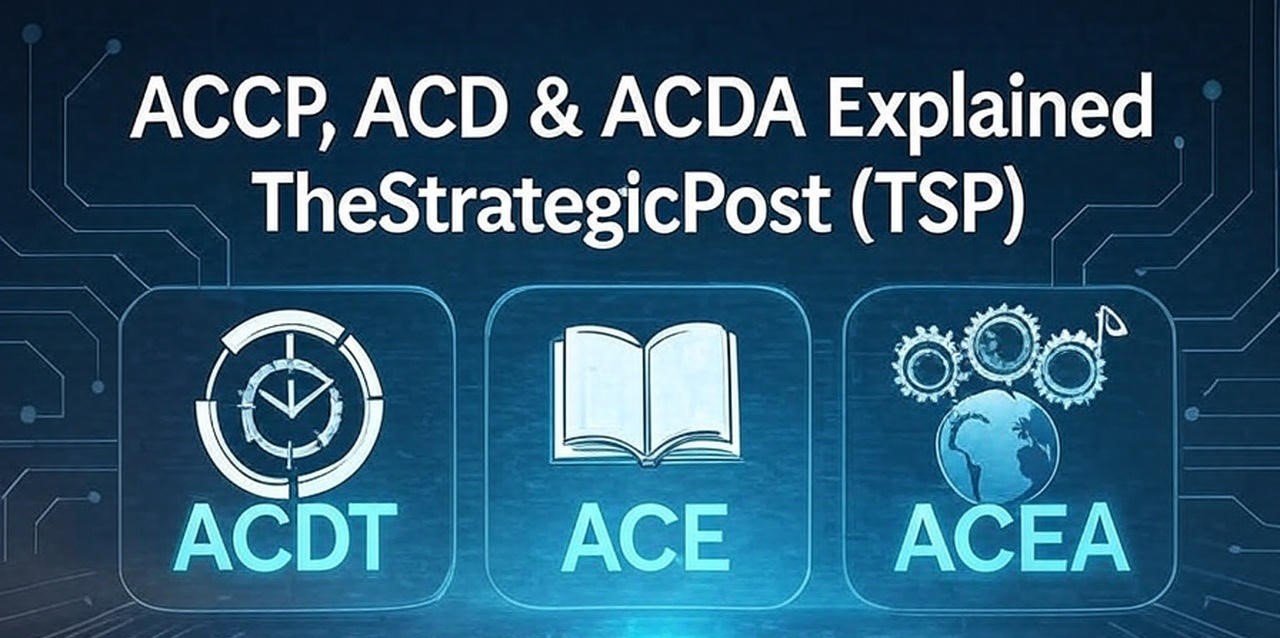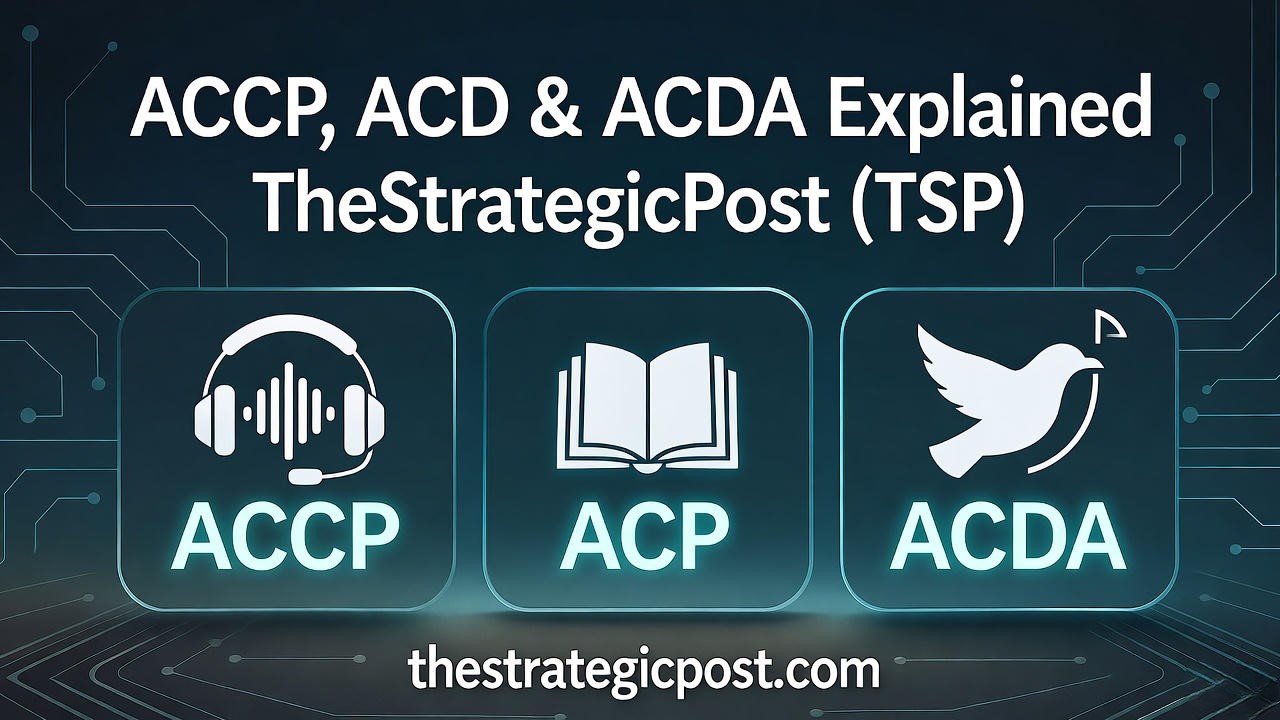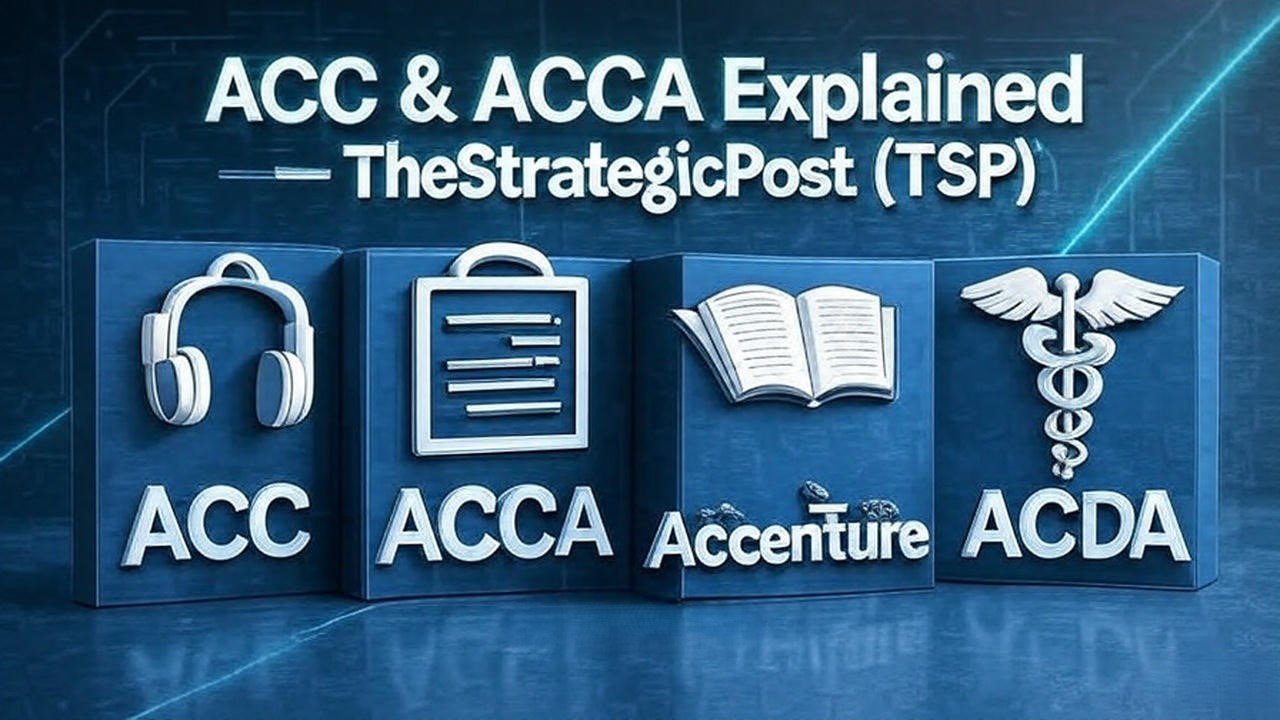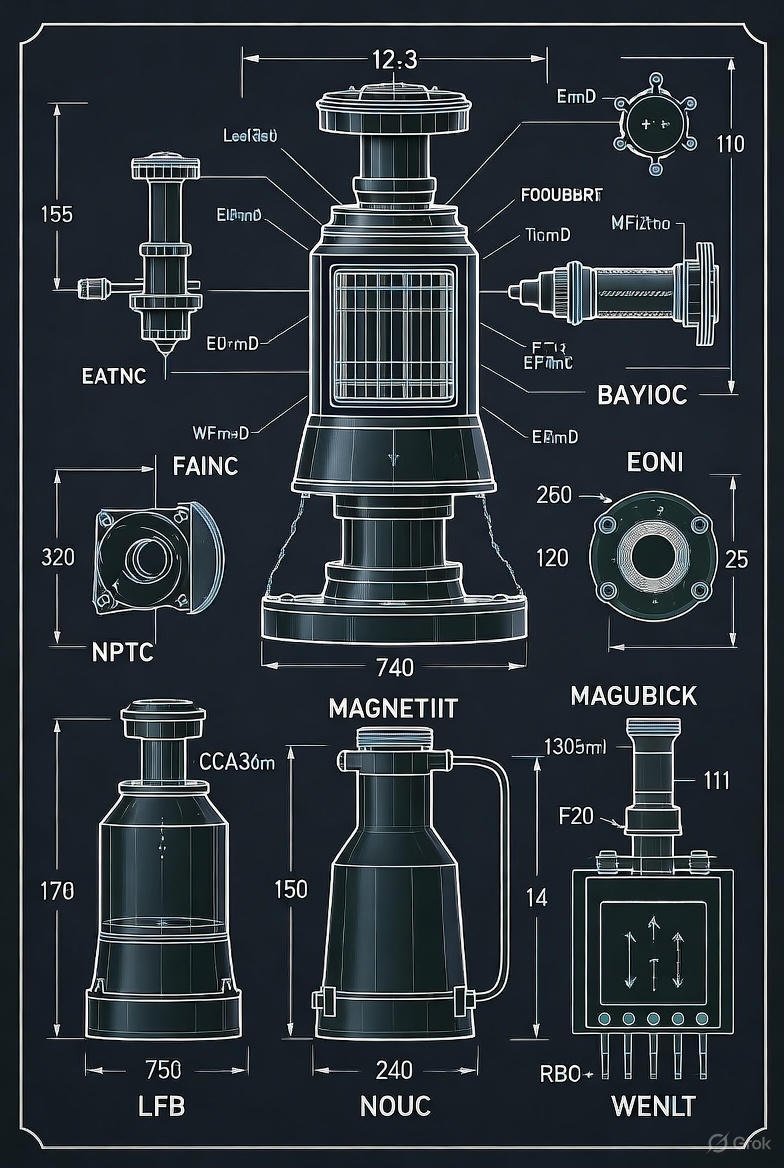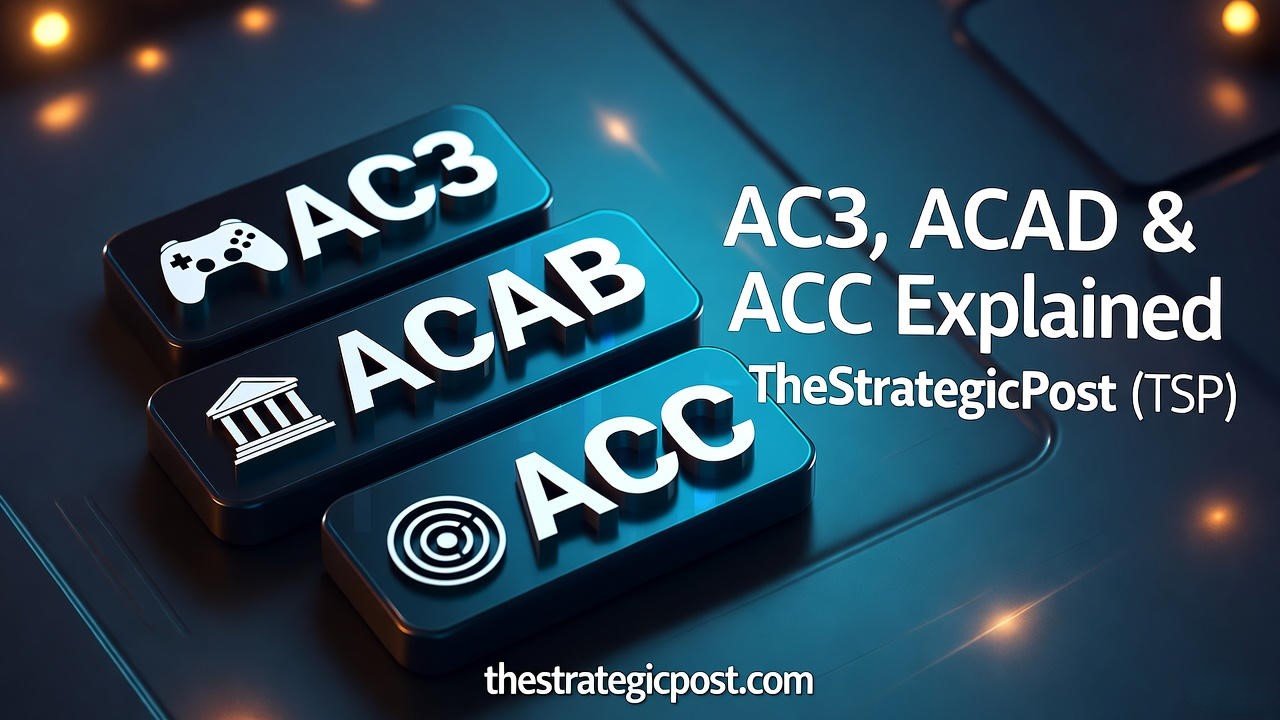Table of Contents
The Digital Judge and Jury: An In-Depth Guide to Review Aggregator Websites
Review Aggregator Websites: In the vast, overwhelming ocean of modern media, we all search for a lighthouse. How do we decide which of the ten new streaming shows is worth our time? Which video game justifies its $70 price tag? What’s the best local restaurant for a special occasion? For millions of us, the answer is a simple number: a 92% on Rotten Tomatoes, an 8.5 on Yelp, or a green 88 on Metacritic.
These scores, which have become the arbiters of taste and the gatekeepers of our wallets, don’t appear out of thin air. They are the product of a powerful and pervasive force in our digital lives: the review aggregator website. These platforms have fundamentally changed how we consume content, make purchasing decisions, and even how creative industries operate.
But what are they, really? How do they work their mathematical magic? And should we trust a single, synthesized number to guide our choices? This in-depth guide will pull back the curtain on the world of review aggregators, exploring their mechanics, their psychological hold on us, their major players, and the complex debate surrounding their influence.
What Exactly Is a Review Aggregator? A Simple Definition
At its core, a review aggregator is a system, platform, or website that collects reviews for a specific product or service from various sources and combines them into a single, easily digestible score. Instead of you having to read twenty different movie reviews from twenty different critics, an aggregator does the legwork, presenting a consolidated verdict that acts as a digital consensus.
This process typically involves two main types of input:
- Professional Critic Reviews: These are sourced from established publications, websites, and individual critics who are considered experts in their field (e.g., film critics from the New York Times, game journalists from IGN).
- User Reviews: These are sourced from the general public, allowing everyday consumers to share their own experiences and assign a rating.
By gathering these disparate opinions, aggregators aim to provide a broad, bird’s-eye view of a product’s reception, saving consumers time and helping them navigate a crowded marketplace.
The Major Players: A Tour of the Titans
While the concept is simple, different platforms apply it in unique ways across various industries. Let’s look at the most influential players and how they operate.
For Film & Television: Rotten Tomatoes
Arguably the most famous aggregator, Rotten Tomatoes is synonymous with movie quality for the general public. Its iconic Tomatometer score is not an average rating, but rather a percentage representing the number of professional critics who gave the movie a positive review.
- How it Works: Each critic’s review is classified as either “Fresh” (positive, marked by a red tomato) or “Rotten” (negative, a green splat). A movie with 60% or more “Fresh” reviews earns a red tomato. Anything below 60% gets a splat.
- The Audience Score: Alongside the Tomatometer, there is an Audience Score, represented by a popcorn bucket, which shows the percentage of users who rated the film positively (3.5 stars or higher).
- Key Feature: Its binary (yes/no) approach makes it incredibly simple to understand, but as we’ll see later, this simplicity is also its biggest weakness.
For Everything Media: Metacritic
Often seen as the more nuanced cousin to Rotten Tomatoes, Metacritic aggregates reviews for movies, TV shows, music albums, and video games. Instead of a simple positive/negative, it calculates a weighted average.
- How it Works: Metacritic assigns a score from 0-100 to each professional review. It then calculates a Metascore by taking a weighted average of all reviews, giving more importance to respected and established critics and publications.
- The Color Code: The final score is color-coded for at-a-glance interpretation: green (75-100) for “generally favorable reviews,” yellow (50-74) for “mixed or average reviews,” and red (0-49) for “generally unfavorable reviews.”
- Key Feature: Its weighted average system attempts to provide a more accurate reflection of critical consensus, and its “Must-See” or “Must-Play” designation is a powerful industry benchmark.
For Local Businesses & Restaurants: Yelp
Shifting from media to real-world services, Yelp is a titan of local business reviews. It relies almost exclusively on user-generated content to help people find everything from the best tacos to a reliable plumber.
- How it Works: Users can leave a star rating (1 to 5) and a detailed review of their experience. The main score displayed is a simple average of all user ratings.
- Key Feature: Yelp’s strength is its community focus, featuring photos, Q&As, and direct interaction with business owners. However, it has also faced persistent controversy over the authenticity of its reviews and its business practices.
For Travel & Hospitality: TripAdvisor
For anyone planning a vacation, TripAdvisor is an indispensable tool. It aggregates user reviews for hotels, restaurants, airlines, and attractions around the globe.
- How it Works: Similar to Yelp, it uses a 1-5 “bubble” rating system based on user scores. Its massive database allows for granular comparisons and rankings within a specific location (e.g., “Top 10 Hotels in Paris”).
- Key Feature: Its sheer volume of user-generated content, including millions of photos and detailed travelogues, makes it a comprehensive resource for travelers seeking authentic, on-the-ground advice.
The Psychology Behind the Score: Why We Trust Them
The power of these sites goes beyond simple convenience. They tap into deep-seated psychological principles that influence our decision-making.
- Cognitive Shortcuts (Heuristics): We live in an age of information overload. Aggregator scores provide a simple mental shortcut that saves us the effort of conducting extensive research, helping us combat “decision fatigue.”
- Social Proof: This is the tendency to assume that the actions of others reflect the correct behavior. When we see a film has a 95% Tomatometer score or a restaurant has thousands of 5-star reviews, we trust the “wisdom of the crowd.”
- Quantification Bias: We have an innate bias toward quantifiable data. A number feels objective, scientific, and authoritative, even when it’s derived from a collection of purely subjective opinions. A score of “88” feels more concrete and trustworthy than a review that says, “It was mostly very good.”
The Good, The Bad, and The Complicated
While incredibly useful, the aggregator model is far from perfect. Its influence has created a complex ecosystem of benefits and serious drawbacks.
The Advantages (The Good)
- Efficiency: They save consumers immense amounts of time and effort.
- Broad Consensus: They provide a general snapshot of a product’s reception far more effectively than a single review could.
- Democratization of Opinion: User-based sites like Yelp and Goodreads give a voice to everyone, not just professional critics.
- Discovery: They can help smaller, independent films, games, or businesses gain visibility if they are well-received.
The Disadvantages (The Bad)
- The Crushing Loss of Nuance: This is the most significant criticism. A 2,000-word review analyzing a film’s cinematography, thematic depth, and performances is flattened into a single “fresh” or “rotten” designation. A 7/10 review that praises a game’s story but criticizes its gameplay might be averaged into a generic yellow “70” on Metacritic, losing all vital context.
- The Binary Problem (Rotten Tomatoes): A glowing, masterpiece-level review (10/10) and a lukewarm, barely-passing review (6/10) are both counted equally as “Fresh.” This can create misleadingly high Tomatometer scores for films that are generally considered just “okay” but not outright “bad.”
- Review Bombing & Manipulation: User scores are highly susceptible to manipulation. Disgruntled fan groups, competitors, or politically motivated individuals can coordinate to flood a product with negative reviews (or fake positive ones), skewing the score for reasons that have nothing to do with its actual quality.
- Opaque Methodologies: Metacritic’s “weighted average” is a black box. Who decides which critics matter more, and by how much? This lack of transparency can lead to questions about fairness and bias.
- Undue Industry Influence: A product’s aggregated score can have severe real-world consequences. In the video game industry, a developer’s bonus might be contractually tied to achieving a certain Metascore. In Hollywood, a low Tomatometer score revealed before opening weekend can dramatically hurt box office performance.
Beyond the Score: How to Use Aggregators Wisely
Review aggregators are powerful tools, but they should be treated as a starting point, not the final word. Here’s how to be a smarter consumer:
- Never Stop at the Score: The number is just a headline. Click through and actually read a few of the full reviews, both positive and negative, to understand why critics or users felt the way they did.
- Find Critics You Trust: Instead of relying on the overall consensus, find a handful of individual critics whose tastes generally align with your own. Their detailed opinions will always be more valuable than a synthesized score.
- Compare Critic and Audience Scores: If the Tomatometer is 90% but the Audience Score is 45% (or vice-versa), it signals a major disconnect. Investigating that gap can tell you a lot about who the product is actually for.
- Know Your Own Taste: A critically panned action movie might be exactly the kind of fun you’re looking for on a Friday night. A universally acclaimed drama might not appeal to you. The most important opinion is your own.
Conclusion: A Starting Point, Not the Final Verdict
Review aggregator websites are an undeniable part of our cultural landscape. They are a brilliant solution to the modern problem of infinite choice, offering a valuable and efficient service to millions. However, their rise has come at a cost—the potential for lost nuance, the risk of manipulation, and an over-reliance on a single number to define a complex work of art or a multifaceted personal experience.
Ultimately, these platforms are at their best when used not as an infallible judge and jury, but as a detailed map. A map can show you the general terrain and point you in the right direction, but it can’t tell you what you’ll feel when you get there. The score is the map; the experience is the journey.

